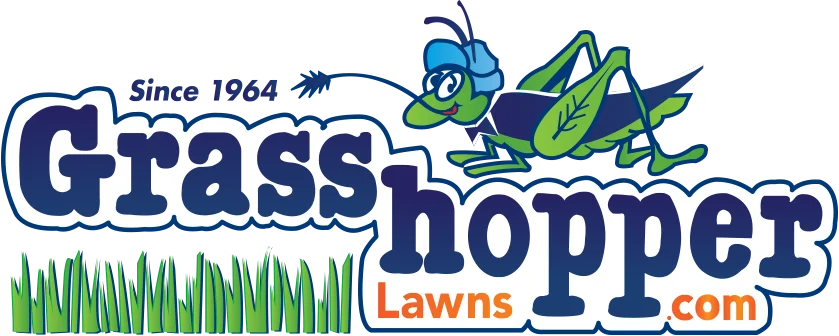How to Fix Holes in Your Lawn

Whether it's from pets, pests, foot traffic, or aeration, holes in your lawn are a common sight. The good news? They’re also very fixable. With the right approach, you can repair lawn holes and even improve your yard’s long-term health in the process.
What’s the Best Way to Fill Holes in the Lawn?
Start by filling the hole with quality topsoil. Firm it down gently to avoid air pockets, then reseed it just like you would a bald spot. Water the area regularly until new grass is established. For best results, match the grass seed to your existing lawn type and apply a starter fertilizer.
Why Do Holes Appear After Aeration?
If your lawn has small, evenly spaced holes, it might be from core aeration—one of the best things you can do for compacted soil. When aeration equipment pulls out plugs of soil, it severs grass roots, rhizomes, and stolons. This encourages your grass to grow new shoots and roots, which thickens the turf over time.
While the soil plugs may look messy at first, they eventually break down and help decompose thatch naturally. Think of them as temporary signs that your lawn is on the path to becoming healthier.
Can You Overseed After Aerating?
Yes! Aeration creates perfect conditions for overseeding. The holes left behind are ideal pockets for grass seed to settle, stay moist, and germinate. If you're working with a fescue lawn, this is a great opportunity to fill in thin or patchy areas and boost lawn density heading into the next season.
What About Using Manure or Compost to Help?
Be cautious with manure that has high bedding material content—it can actually rob your soil of nitrogen. A more balanced topdressing is a mix of 60% compost and 40% coarse sand. This blend is heavy enough to settle through the grass and improve the soil structure below.
How Else Can I Improve Soil Around Lawn Holes?
Winter’s freeze-thaw cycles and earthworm activity can help loosen slightly compacted soils over time. But if your lawn struggles despite watering and fertilizing, the soil may be too compacted for roots to thrive. Aeration, compost topdressing, and reducing thatch buildup are key to creating a lawn environment where grass can grow strong and deep.
Final Thoughts: Let Grasshopper Lawns Help
If you’re in Pennsylvania and need help restoring a damaged or compacted lawn, Grasshopper Lawns is here to help. From professional aeration to expert overseeding and soil treatments, we know what it takes to bring lawns back to life. Call us today to schedule your lawn care service and say goodbye to bare patches and stubborn holes.
